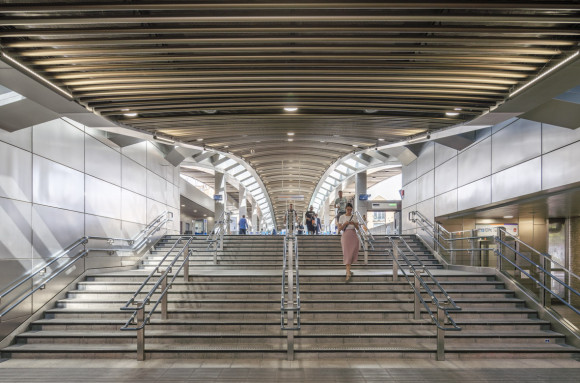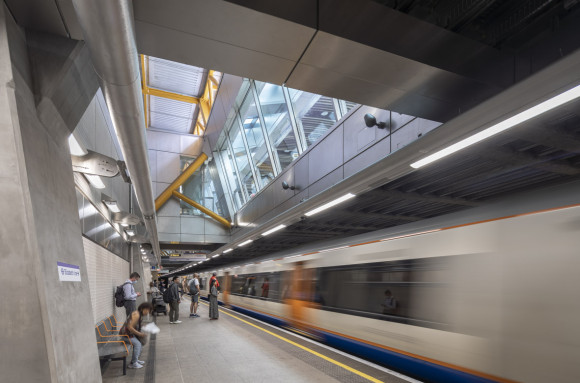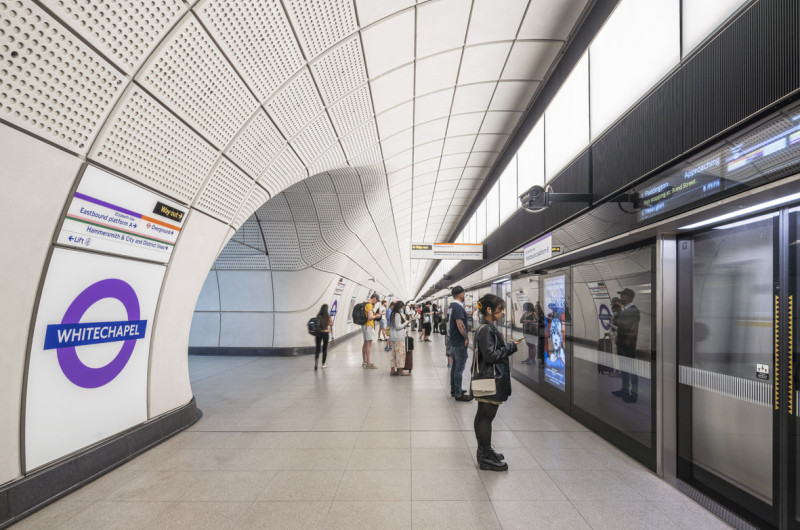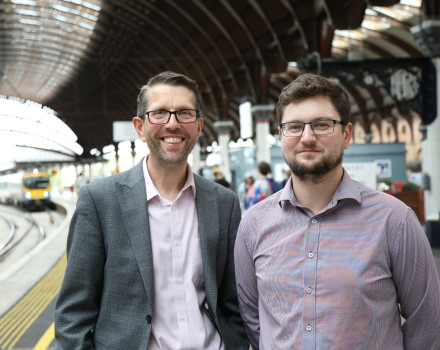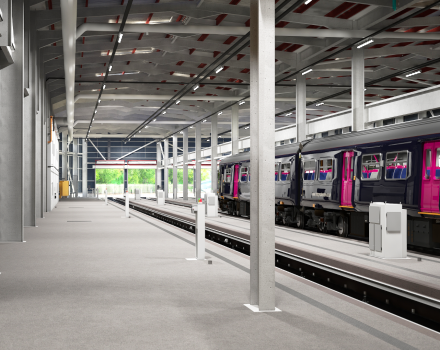Alwyn Hanekom says he is proud to have played a role in the project’s design and delivery:
This is a historic project that will deliver improved transport infrastructure for generations to come. The sheer scale of the mission, plus the fact it was conducted in a live environment so as not to disrupt existing rail services, was a triumph of project management. It was hugely complex, and the team went above and beyond to ensure the design was delivered to specification. It is a graphic illustration of the experience and dedication of our teams, and we look forward to seeing the difference it will undoubtedly make to its local community.
BakerHicks provided multi-disciplinary design services, including architecture, Building Information Modelling (BIM), civil and structural engineering, and mechanical, electrical and public health engineering for the station. Working closely with the Crossrail team and the main contractor, BBMV (the Balfour Beatty, Morgan Sindall Infrastructure, VINCI Construction joint venture), they were instrumental in ensuring designs were in line with, and adhering to, all Crossrail and London Underground specifications and standards, whilst the station and lines remained in operation.
The much-publicised project focused on the repair and overhaul of the original Victorian façade, and the construction of a modern ticket hall and concourse, the latter featuring a planted rooftop to offset some of the carbon emissions produced or embedded in the construction process. It also serves to improve air quality and reduce noise. Glass above the concourse allows daylight into the station and down to the platforms, and new lifts and escalators have also been installed.
BakerHicks also provided key enabling works to facilitate the new station configuration, as well as ventilation, cooling and emergency systems design, including an innovative underground staircase pressurisation system. This was unique in that there were no specific industry standards for underground pressurisation, so BakerHicks’ engineers worked closely with the Crossrail team to build their own standards. To achieve this extensive energy assessments and thermal analysis was carried out, ensuring the systems met safety requirements.
The station forms part of the Elizabeth line, which was the largest construction project in Europe, and runs for over 100 kilometres through central London, from Shenfield and Abbey Wood in the east to Reading and Heathrow in the west, and has a total of 41 stations, including 10 major new stations and 26 miles of tunnels. A vital interchange station, Whitechapel connects the Hammersmith & City, District and London Overground lines, as well as the new Elizabeth line, providing travellers with improved transport links and increasing central London’s rail capacity by ten percent.
Steve O'Sullivan, BBMV Project Director, commented:
As I reflect on this incredible feat of engineering, I have never been more proud of what our team have delivered. It truly is testament to the collaborative culture of our joint venture, who have persevered throughout the challenges faced by the global Covid-19 pandemic. We now look forward to watching as the station plays a role in transforming travel across London, whilst also supporting wider regeneration in the local area through job creation and opportunities for local businesses.


